The 2023 Piston Hundo
By PistonHyundai 0 Comments
Last year, I got close enough to playing through 100 video games that I decided I wanted to try and actually hit that mark in 2023. I ended up doing 103, and this year just so happened to be another one of those years where the games were so good that I feel the need to write about them. Just so things don't end up like the last time that happened and I ended up not writing half the list*, let's Lightning Round this shit. No getting cute about dividing old or new games, this is just a fast and loose list of the games I played from worst to best, 103 to 1.
*If you're curious about what my top five for 2021 were, it's Riders Republic, Crash Bandicoot 4: It's About Time, Super Monkey Ball: Banana Mania, Forza Horizon 5, and Metroid Dread as #1.
#103 - Savage Bees
Capcom shmup from the 80s played through on a lark because it's included in Street Fighter 6's arcade. Notable for its funny name in the US (it's called Exed Exes overseas) and being a coop game early in the history of the genre, but not much else. Imagine 1942 but less charming and about as repetitive.
#102 - Alex Kidd in Miracle World
Similar situation to Savage Bees, but replace Street Fighter 6's arcade with Like a Dragon Gaiden's Master System. It does a good job of looking and sounding like a well-made platformer, but that facade slips away pretty fast once you put hands on the thing and run into cheap gotchas and literal rock-paper-scissors boss fights.
#101 - Hyper Dyne Side Arms
The other Street Fighter 6 shmup included in this list. Horizontal instead of vertical; named after the unprecedented ability to shoot both left and right. Classic shoot-em-up fun in that you do alright for a few levels and then can't get a word in edgewise after your first death. It's got more going for it than Savage Bees, but not that much.
#100 - Adventure Island: The Beginning
Feels every bit like the budget WiiWare title that it is (there's even motion control minigames tacked on), but the game's persistent upgrade system makes it kind of fun to just run roughshod over most of the levels short of the endgame boss fights.
#99 - Dino Crisis
Come for the dinosaurs, stay because you've fooled yourself into thinking that a game that is commonly referred to as being "Resident Evil with dinosaurs" is actually going to do something to live up to that description. It's not like dinosaurs aren't a natural fit for survival horror—when I discovered that there was a bleeding status effect, I assumed in vain that I'd be hunted down by some raptors picking up the scent if I didn't take care of it—but Dino Crisis is way more interested in puzzles and keys ad nauseam than having any actual fun with its premise. Bring on the remake; it needs it.
#98 - Fallout 4
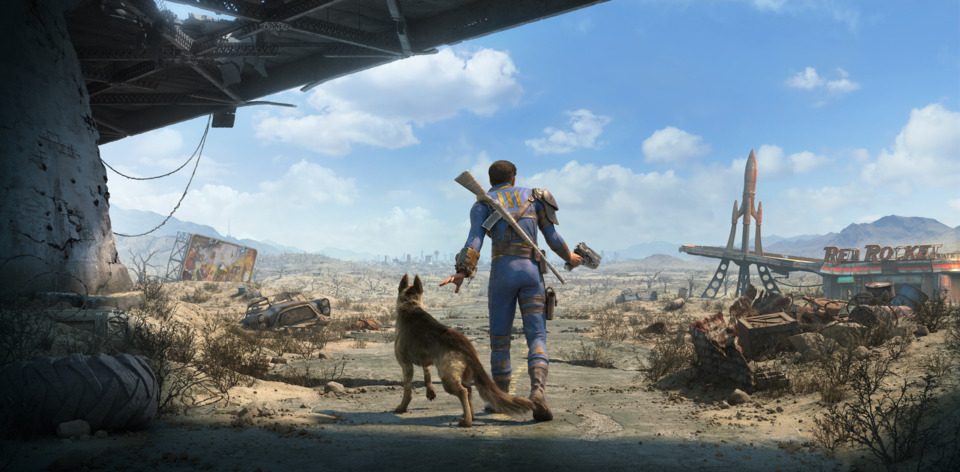
A Bethesda game like you've always seen before.
#97 - Signalis
This game's frustrating because it clearly knows what makes its inspirations special but fails to have any of that actually rub off on the game itself. Any tension is quickly decimated after you realize how easily you can juke all of the enemies, and then all you're left with is a pretty-looking game with obnoxious inventory management and a story that holds onto its cards for far too long for me to get invested. A recent patch fixed the inventory issues, but arrived too late for me to benefit from it.
#96 - Parasite Eve II
Parasite Eve's mix of biological horror with RPG mechanics and V.A.T.S.-esque, pseudo-realtime combat still feels like untapped potential to this day, so the sequel's shift to more traditional Resident Evil gameplay is pretty disappointing, but that's not really the issue. For the first half or so, it works out pretty well: enemy designs are fucked up in just the right way, and the Mojave ghost town setting is a smart contrast to the memorably cold and sterile New York City of the original, but the back end of the game devolves into a poor man's take on those endgame laboratory segments from the earlier Resident Evil games (which weren never highlights to begin with). Weak puzzles and combat, loads of backtracking, you know the routine.
#95 - Mafia
Novel in its cinematic and storytelling ambitions, mostly frustrating elsewhere. That Django Reinhardt song gets stuck in my head more than I care to admit.
#94 - Peter Frankl: Puzzle no Tō
The early/mid-90s multimedia frenzy gave us a lot of funny stuff to gawk at, and the 3DO was successful enough in Japan that it had its own share. This here's a collection of logic puzzles starring a Hungarian-born mathematician/juggler that's a minor celebrity in Japan. Do a brain teaser you've most likely seen before somewhere else (One of them's even in Signalis!), get a vital dose of the unhinged FMV footage you came here for, and do it all over again. The puzzles (and FMV clips) start to repeat sooner than I'd like, but hey, a sitting with this nonsense was more entertaining than a month with Fallout 4.
#93 - Urban Trial Freestyle
Store brand Trials that fits the bill pretty well until the inconsistent physics spoil the fun.
#92 - Homefront
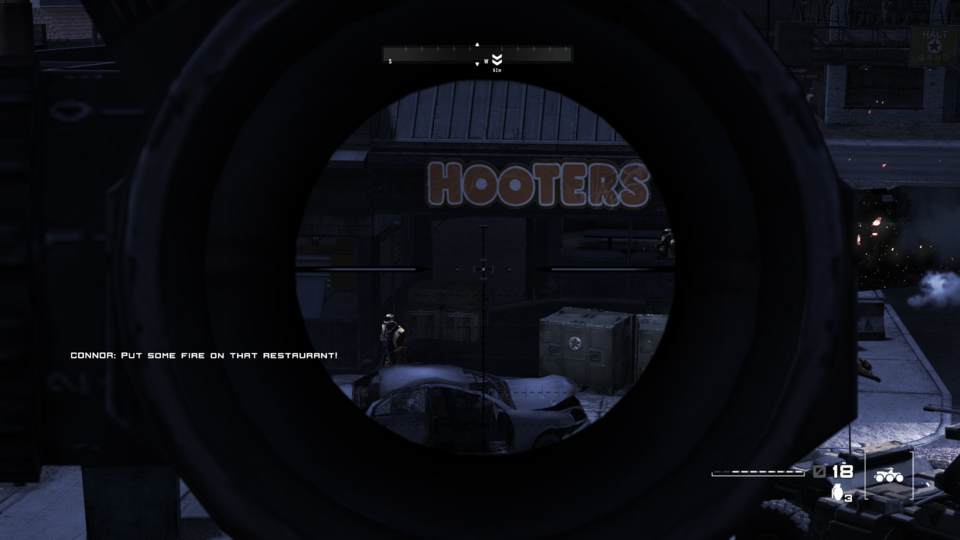
I got this pretty close to its launch and had trouble running it on my PC at the time. Never really touched it afterwards since I figured I knew what it was—I was right: it's a gauche Call of Duty clone—but it's pretty entertaining as an early 2010s trend-chasing time capsule these days. The game's so of-its-time in its trashiness that one of the bigger setpieces takes place in a TigerDirect.com building you called a white phosphorus strike on.
#91 - Mighty Morphin Power Rangers (SNES)
This one came up in a game club I was a part of. It's the licensed beat-em-up you expect it to be: simple enough that I got through it without dying, but the music was alright. The biggest problem is the severe lack of Tommy.
#90 - Saints Row (2022)
What is all but guaranteed to be the last Saints Row game for a very long time almost feels like it's ashamed to be a crime game. Its characters bend over backwards to be relatable to no avail, there's embarrassingly transparent attempts to eschew the once series-defining wry amorality (your very first jack move is whitewashed by your friend saying in earnest that he once saw the victim kick a dog), and the story shoots for a woefully misguided "power of friendship" arc that goes to some pretty embarrassing places. That said, if you can look past its borderline-apologetic tonal mess, there is an almost-okay open world game waiting for you with a pretty damn good customization suite. And a lot of the bugs are fixed!
What a way to go out.
#89 - El Paso, Elsewhere

El Paso, Elsewhere likely has the best story out of any game on this list. It deals with its theme of dependency and abuse with a staggering grace, and I was always looking forward to the next cutscene while I was playing. Partially because everything else kind of sucks.
If you can shoot a head, you've already won the game. The gameplay is a Max Payne homage starring enemies that don't shoot back, and it goes about as well as that sounds. Slowing down time gives you extra damage and headshots restore a decent amount of bullet time, so I quickly fell into a loop of slow-shoot-unslow with the pistol and shotgun, and that combined with the tommy gun for long-range targets did me well enough that I beat all fifty (fifty!) levels without ever using the other weapons. I can't imagine the other weapons would make it less of a slog.
And don't even get me started on the music.
#88 - Resident Evil 0
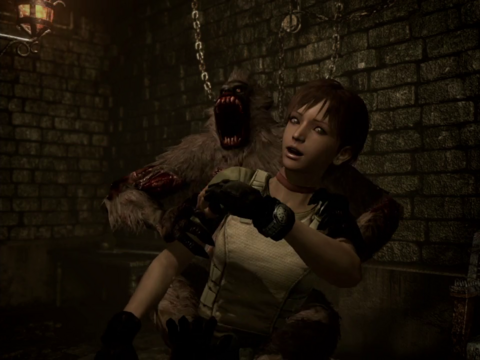
Using REmake's near-timeless visual tech for an original game is a great idea, and I even like the dual-protagonist gimmick as an extension of the series' puzzle-solving gameplay, but Capcom fixing what isn't broke and removing item boxes really drags this one down. You spend way too much of this game transporting your stash of goods from one safe spot to the next, and the rest of it is mostly B-tier Resident Evil gameplay along the lines of Nemesis and Code Veronica, anyway. If nothing else, the train sequence is one of the best openings in the franchise.
Well, that and the part with the killer ape falling on Rebecca from on high is really funny.
#87 - Sonic Advance 3
Speaking of dual-protagonist gimmicks, Sonic Advance 3 has a fun tag-team feature but is otherwise that brand of mediocre you got from the franchise in its post-Genesis, pre-Shadow/06 era. It certainly looks the part, but the level design just isn't up to snuff.
#86 - Mafia III
Mafia II feels closer to the video game version of a cinematic mafioso epic than maybe any other game out there, and they accomplish that all without the typical open-world excess you get elsewhere in the genre. Mafia III, however, does less with more, spoiling its great voiceover performances, compelling setting, and novel documentary-style framing on a straightforward revenge story with obscenely repetitive busywork. Granted, some of its wanton murder and empire building is pretty fun, but not fun enough to excuse the game padding things out to what feels like triple its natural length.
#85 - Tomb Raider (2013)
A decent third-person action game, but for being Crystal Dynamics' second shot at rebooting the series, they've given a pretty bland and disappointing treatment to Lara Croft. I can understand the potential of portraying a more grounded and vulnerable Lara, but that doesn't mean you have to make her so generic.
#84 - Halo 4
The Master Chief at his wheel-spinningest. Its lows aren't as low as Halo CE's bland corridors and backtracking, but it's not like there's a lot of highs, either.
#83 - Sonic Superstars

I had a feeling the second they announced Arzest was behind it that Superstars wasn't going to be the Sonic Mania follow-up I was looking for. Not that it doesn't have its moments, but it's easily one of the most uneven games in a franchise known for that. Half the soundtrack sounds like it'd fit right into Sonic CD or Sonic 3, while the other half sounds like this. Some levels look great and have fun gimmicks, while others feel half-finished both visually and mechanically. It's a decent game, but the exhausting boss fights kept me from doing its unlockable second run through the game, and I doubt I'll be back soon.
#82 - Fighting Vipers 2
Along with Daytona USA 2, this got its first home release (at least in the States) through Like a Dragon Gaiden's in-game arcades. A solid (if iterative) sequel to the underrated original, but I struggled with the final boss so much that I had to abuse the game's insane Super KO mechanic to beat it, and didn't feel like playing it much afterwards.
#81 - Mega Man ZX
Others (magazines from the era, especially) rail against Mega Man for how rehash heavy and repetitive the franchise can be, but I really love the way each series tweaks the formula and gives it their own flavor. ZX's metroidvania twist is a natural evolution of the exploration the X series introduced, and while it's a little rough (my god, the map in this game), it has the refined action of the Zero series to pick it up. I can't believe that it took Capcom until 2006 to figure out that this series was a great fit for the format.
#80 - Serious Sam Classics: Revolution
A fan-made restoration of the original Serious Sam that includes a new campaign that's too sloppily balanced to be worth the effort, at least on Serious difficulty. That said, it includes options to multiply the enemy count along with your max health and firing speed to produce some absolutely insane encounters, and it's a lot of fun to dick around with.
#79 - Quake II (2023 N64 version port)
Quake II's new remaster is fantastic, and it ended up getting me playing a lot of Quake this year. This N64 port's a simplified, more linear take on the game. Less meandering and backtracking is a good thing as far as Quake II's concerned, but that also means dealing with simplified enemy encounters to go along with it.
#78 - Mega Man X DiVE Offline
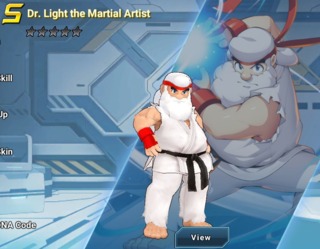
Hard not to talk about this one without immediately throwing shitty "for a mobile game" caveats, but I had a better time with it than I expected. Being a gacha game (effectively un-gacha'd for this release), there's plenty of fan-service, including loads of fun character pulls from across Mega Man history and decent enough action-platformer gameplay to make putting up with a bad story and worse localization worth it. It's also cool that it serves as a sort of museum for the game, with all of its seasonal events and quests freely available to check out. More studios should be doing this kind of preservation for service-based games.
#77 - Prodeus
A real looker, but sticks way too close to the Doom playbook and never poses much of a challenge. It plays well enough, but you'll know what to expect out of the rest of the game after a level or two.
#76 - Wipeout XL
A bigger and better Wipeout as the name would suggest, but its less forgiving criteria for completion—instead of traditional tournament scoring, it employs that all-too-common "first place or eat shit" approach—makes it just a touch too frustrating, so I end up preferring the original game anyway.
#75 - Quake Mission Pack 2: Dissolution of Eternity
Compared to the Mission Pack that came before it, Dissolution of Eternity feels a bit more like a glorified Quake mod, with cheap looking new weapons and level design that isn't quite as sharp. Quake is Quake, but there's better campaigns to play.
#74 - Dishonored
A lot of great level design like you want out of an immersive sim, but I made the mistake of shooting for a no-kill run and discovered that your non-lethal combat options are pretty limited and make for a repetitive playthrough. Its DLC campaigns make quick work of fleshing things out, though.
#73 - Power Instinct (SNES port)
The Power Instinct series apparently gets real crazy as it progresses, but this first one is part of that wave of post-Street Fighter II fighting games and plays it pretty safe by comparison. Fine enough start for the series, though, I guess.
#72 - Sonic the Hedgehog Pocket Adventure
There's better portable Sonic games these days given that Mania is on the Switch (and the fan-made Triple Trouble remake has an Android port), but my time with this was a nice reminder of the lost art of cramming unique adaptations of big boy console games onto far more limited handheld hardware.
#71 - Mario's Tennis
One of the light bulbs that went off in my head when I got my Oculus Quest 2 was seeing if I could play Virtual Boy games on it, and it turns out you can. Like the N64 follow-up, Mario's Tennis is a little more cut-and-dried than the Mario sports titles we get now, but the stereoscopic 3D is effective, the music is catchy, and the happy little jaunt (or walk of shame) your character does based on how a rally went is a delight. And of course, it's also a fine game of tennis on top of that.
#70 - Dishonored: Death of the Outsider
Despite its quality voice acting, the story of Dishonored didn't grab me much, so any closure this standalone expansion brings is really secondary to the gameplay, which in turn isn't quite up to Dishonored 2's standard. The level design isn't quite as memorable as what the first game and its DLCs had to offer, either, but the toolset still beats it out, so I give it the edge.
#69 - Ultra Street Fighter IV
I came to it too late to enjoy it in its heyday online, and I'm too weaned on the more forgiving timing of more recent games to really get dialed in offline, but still, this is obviously a top-notch fighting game. Art style's aged a little poorly, but the game certainly holds up better than the Tekken crossover that followed.
#68 - Star Wars Episode I Racer (2020 port)
I've never seen a Star War and don't particularly care to, but I can recognize how it can make for some pretty good video games. Episode I Racer's lack of difficulty left me on autopilot at times while I shot for full completion of it, but the sense of speed and smooth control really go a long way for it.
#67 - Hydro Thunder
Kind of the opposite problem for Hydro Thunder. Game's got great arcade flavor and creative, dynamic track designs, but arcade difficulty comes along for the ride, and trying to beat the AI after the first handful of races is just brutal, and I opted to leave the bonus tracks unwon by the time I was done with the game.
#66 - Fighting EX Layer: Another Dash
I love Street Fighter EX 2 as well as Arika's roster of fighting game weirdos, and this game's central mechanic of using super meter to execute a dash move that can be used to extend combos called out to me as a Ken main in Street Fighter V and 6, so I felt right at home playing this. Unfortunately, for as tight and satisfying as this game's mechanics are, it's light on content and doesn't have much of a population online.
#65 - Bomb Rush Cyberfunk
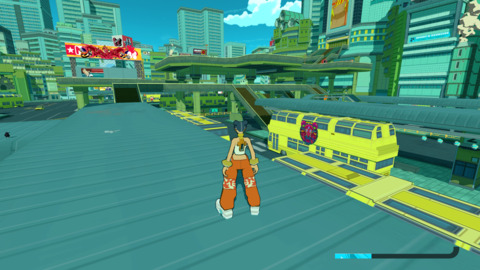
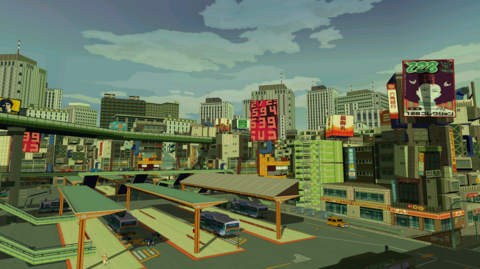
When I think of Bomb Rush Cyberfunk, I think of one of the soundtrack's songs, "Precious Thing" by Olli. That's not just because its repetitive "ASS ASS ASS ASS" is memorable, but because the song really is the game in a nutshell; just like how Precious Thing is a blatant—albeit fun—Zapp pastiche, Bomb Rush Cyberfunk pretty much takes Jet Set Radio Future's whole thing and doesn't make too much of its own mark on it. Some aspects are better (the controls and movement), some are worse (the "combat" with police, its rudderless story), but even at its best, Bomb Rush Cyberfunk is a game that takes a torch passed (or stolen, depending on your outlook) from SEGA and mostly runs in place with it. Granted, it ultimately probably gets away with it since the amount of people that have actually played JSRF likely dwarfs that of the more widely available Jet Set Radio, and it's not like SEGA is looking to make any more JSR of their own.
#64 - The Murder of Sonic the Hedgehog
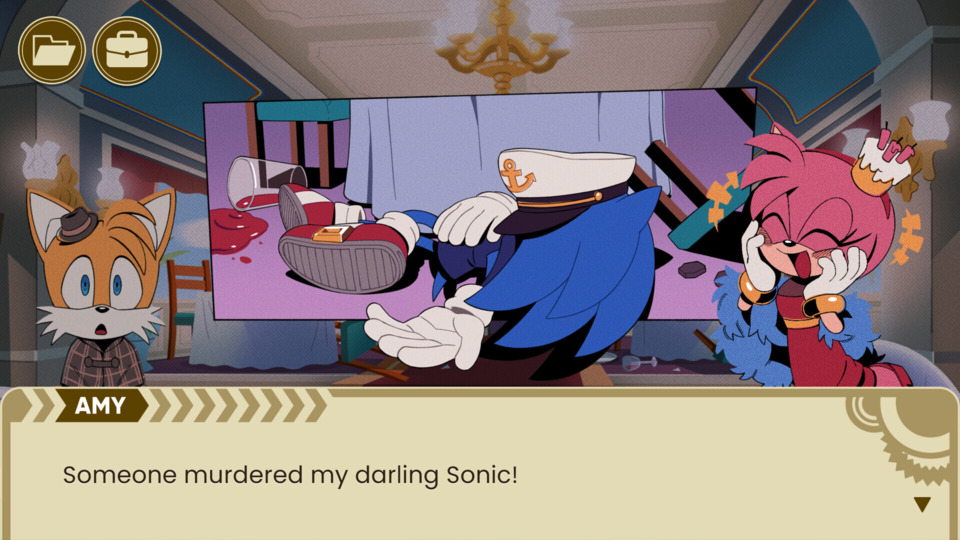
Not only is "The Murder of Sonic the Hedgehog" a pretty funny name for a video game and a solid April Fool's joke, it's also entertaining in its own right. There's an isometic platforming minigame they go to one or two times too many, but this is one of the most consistent Sonic games since Mania.
#63 - Resident Evil: The Umbrella Chronicles
It was a long time coming—lest we forget duds like Dead Aim and Survivor—but the Umbrella Chronicles is a decent Resident Evil light gun shooter and a fun way to revisit the stories its retells. Outstays its welcome a little bit by the end, but I'll chalk that up as being faithful to the source material.
#62 - Motor Raid
Another one of the Like a Dragon/Judgment arcade cabinets you should pay attention to. Picture a faster, futuristic Road Rash made by SEGA and injected with the kind of gritty aesthetic you'd find in a late-90s arena shooter, and you're on the right track. An interesting experiment.
#61 - Hot Wheels Unleashed
Its Medium difficulty is a little too hard and its Easy's a little too (you guessed it) easy, but this is for the most part the Hot Wheels video game you picture in your mind's eye. The cross-promotional stuff (which otherwise feels exhausting in video games lately thanks to live service games) is not only warranted but a highlight, with the Looney Tunes themed expansion serving as some of the best content in the game.
#60 - Sly 2: Band of Thieves
I'm not a huge Sly Cooper guy, and Sly 2's switch from "Crash Bandicoot clone" to a more open, hub-based structure welcomes backtracking and makes the platforming take more of a backseat than I care for, but this is still a slick game that's held up pretty well both visually and mechanically.
#59 - Trackmania (2020)
At this point it feels like nothing's ever going to replace Trackmania 2 for me, but the Royal mode they added since I last played (think Fall Guys) at least made me happy I checked in on this.
#58 - The Misadventures of Trone Bonne
Mega Man Legends feels like it's missing that breakthrough game where the gameplay can keep up with the visuals and the charm of its world. This isn't it, and it's not even really a step in that direction compared to the first game, but it's hard to argue with the Bonne family and their dipshit Servbot workers.
#57 - Super Punch-Out!!
Nowhere near as iconic as the NES original, but I have a soft spot for how weird it is, even if I don't really have the patience for a complete flawless run to unlock the final set of opponents.
#56 - Sonic Frontiers
Kinda surprising Sonic Team didn't reach this conclusion sooner; 3D Sonic is a lot more fun to control in big ass fields with more room for error than the tighter, more linear stages earlier games had. Like with Superstars, I could do without its boss fights being so long, but it's certainly a solid recovery from Forces.
#55 - Wave Race 64
Now that I've actually gotten my hands on this game I can't shake the feeling that it's a little overrated, but given that it's a decent first-party N64 game, it never really had a chance not to be. Nothing tops when the announcer yells "BANZAI!"
#54 - Judgment
Really sharp writing and likeable characters, but the actual detective work you do feels like the kind of stuff you got sick of in AAA games from ten years prior.
#53 - 1080 Snowboarding
The trick controls really take some getting used to, but this game feels almost SEGA-like in its upbeat arcadey vibes. The Mario Kart 64 composer worked on this, and it shows.
#52 - Bust a Groove 2
I wasn't prepared for how psychotic Bust a Groove 2 is compared to its predecessor. I think I prefer the first game in the end because its soundtrack is better, but between the outlandish endings, bizarre hidden characters and an increased prescence of Super Milk Chan creator Hideyuki Tanaka's artwork, this game feels like more of a spectacle.
#51 - The Evil Within 2
TEW2 has a bit of a direct-to-video vibe since Shinji Mikami isn't as involved and the entire voice cast was replaced, but given that the original Evil Within is kind of ass, I guess it works out? It's a shame Jennifer Carpenter couldn't get another payday, though. Either way, the open-world environments feel better suited to the TEW gameplay loop, and it's a lot more playable as a result.
#50 - Puyo Puyo~n
I love Puyo Puyo so this should probably be a lot higher, but the game's main gimmick of using special abilities is downplayed in its Story Mode and the general pace of play is a lot slower than the games that came before it, so this didn't quite hit as hard as a Puyo Puyo Tsu or Puyo Puyo Tetris.
#49 - Ecstatica
A very memorable survival horror game from the days before there were Resident Evil games to emulate. Ironically, it reminds me of Village in how it mixes gothic horror with more over-the-top elements, but in this case it's outright trying to be comedic. It's like a more fucked-up Grimm fable.
#48 - Quantum Break
A small step forward in gameplay and a small step back in storytelling compared to Alan Wake still makes for an alright Remedy title altogether. No, I didn't play Alan Wake II yet.
#47 - Dead Space (2023)
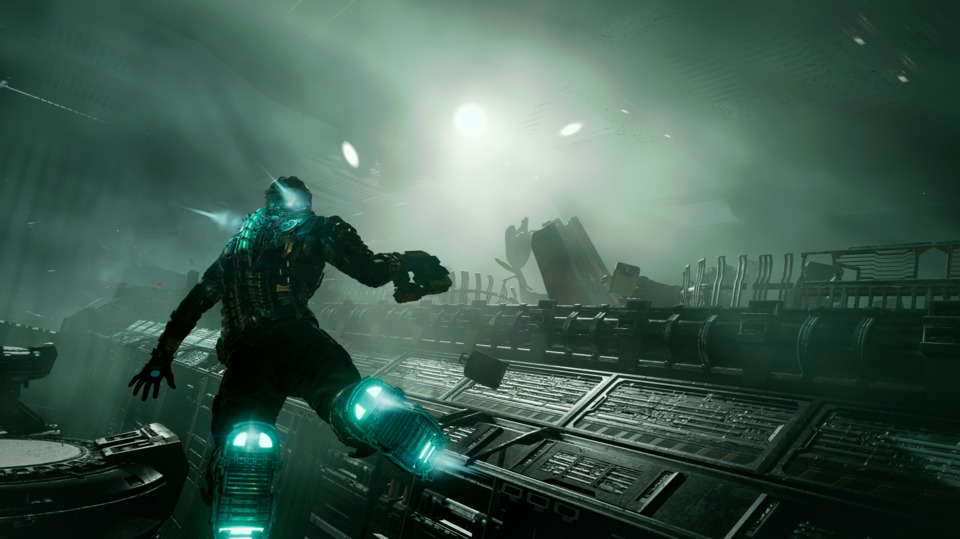
Lots of remakes this year, huh? I have to admit that I was wowed by a lot of the smaller technical details—I lost my shit once I realized they recorded Isaac Clarke's lines twice over so when he's low on health, he'll actually sound like it—but otherwise, this is the Dead Space remake I expected, and frankly, I want my survival horror games to upend expectations. What good is horror if I know how it's going to fuck with me? There's no real surprises in what's been changed and what hasn't, so if you're familiar with the tricks they pull in the original game, you won't have too much trouble (or tension) here.
#46 - Mortal Kombat X
Is this Mortal Kombat for the rest of our lives? Reboot trilogies that start out pulling from the original arcade trilogy with a few additions, then sequels that get more ridiculous (and less interesting) until they circle back around?
#45 - Exoprimal
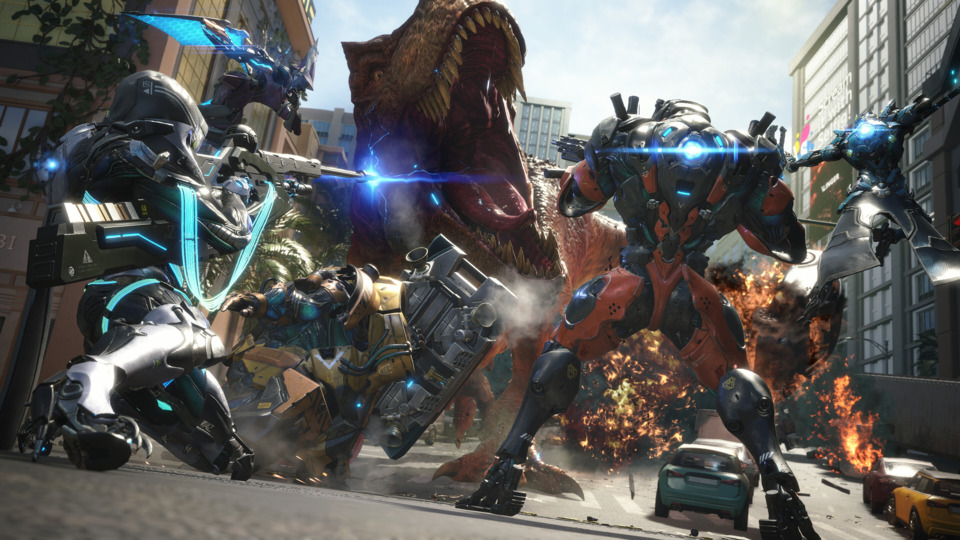
The start of the very first cutscene told me all I needed to know about Exoprimal. The game keeps up that Verhoven-esque attitude the whole time (throwing in some time travel hijinx for good measure), and it's probably the best thing about it. The exosuit-based classes are all unique and satisfying, and slaughtering hordes of dinosaurs like it was a Musou game with guns is a good time—I even begrudgingly came to enjoy the contentious PVP elements—but even after a couple of seasons of updates, there's a serious lack of content, and I ended up getting burned out on it shortly after the first new mode dropped and it ended up just being a hard mode. It's cool seeing Capcom experiment, but I wish they put more into it.
#44 - X-Men Legends
X-Men Diablo? Shit yeah.
#43 - Earth Defense Force 2017
Speaking of Paul Verhoven, EDF's "Starship Troopers without subtext" vibe is a perfect match for the game's scrappy low-budget sensibilities. It doesn't hurt that said budget doesn't really hurt the gameplay, either.
#42 - Ghostwire: Tokyo
It kind of broke my heart once I realized this game was just a pretty and stylish Far Cry, but the game's lucky I haven't played a Far Cry in a while, and the moment-to-moment gameplay is a bit more engaging than the Evil Within 2's take on a horror-themed open world.
#41 - Mega Man Legends
Kinda cheating putting this one on the list since I've already beaten it before, but it was via the PC port using only keyboard controls so I didn't exactly get the proper experience. It's really frustrating that this series was killed before it could get a game that played in a way that'd do its world and visuals justice. It's a good game, but there's so much unrealized potential. We know how to make third-person action games control now, man! You could do Mega Man Legends 3 now!
#40 - 1080 Avalanche
In some ways it shows that this was handed to Nintendo Software Technology, their B-list American studio responsible for franchise also-rans like Metroid Prime Hunters and Mario vs. Donkey Kong. It's decidedly Western compared to the original, with a grittier, more generic, and less arcadey style (as well as a hilariously dated soundtrack; I about lost my mind when I beat the final challenge and Seether kicked in), but more importantly it's also a smoother playing 1080, with more intuitive controls and double the framerate. It'd be nice to get a mix of both games, but I was still shocked by how much I liked this one.
#39 - X-Men vs. Street Fighter
One of the games I played in the leadup to Street Fighter 6's release. Looks and feels great, but I think tag fighters aren't really my thing, since the abundance of options ends up giving me a sort of choice paralysis.
#38 - Hydro Thunder Hurricane
The jump from SSX Tricky to SSX 3—one that loses an iconic, bombastic style but gains improvements across the board elsewhere—is one that crosses my mind a lot with sequels. Like SSX 3 (and ironically, 1080 Avalanche before it), Hurricane loses a lot of that arcadey feeling the Midway original had, but the quality-of-life is so much higher (boost starts and jumps feel more natural here, and the difficulty curve is gentler) that I can't help but enjoy it more.
#37 - Wipeout
Not quite as unforgiving as its later PS1 sequels, and plays like a dream on its Phantom Edition PC source port. If you're an old-school fan of the original game, you should absolutely check out Phantom Edition; it's a night and day difference.
#36 - Super Mega Baseball 4
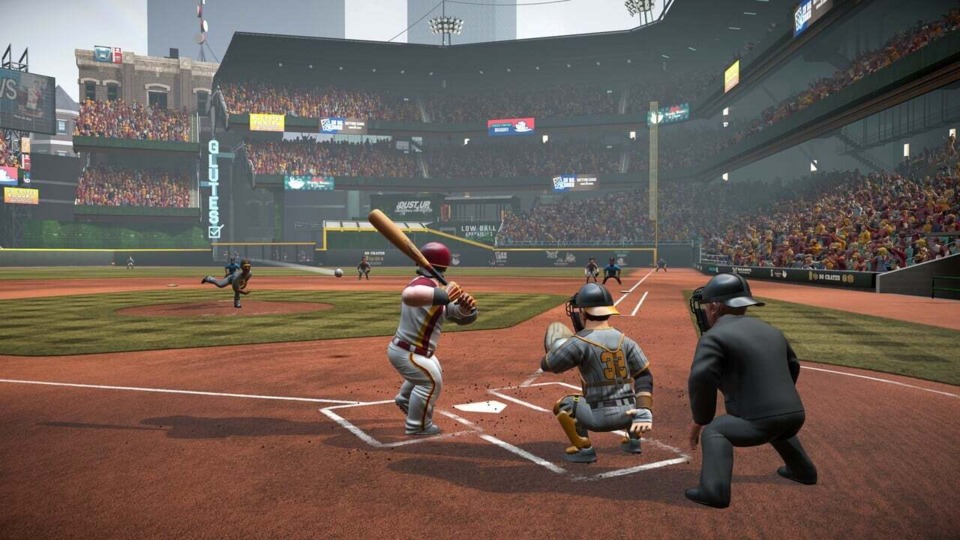
Super Mega Baseball 3 might be my favorite baseball video game of all time at this point, and while I love 4's addition of real MLB legends (John Kruk just feels like he belongs in these games), the UI is messier, the new character models are off-putting, and you can't import your old teams into the new game like with prior releases, so I don't see this replacing it.
#35 - Forza Horizon
I was picking away at this for years. Better than 2 since I like its map more, but it doesn't quite reach the greatness of the series from 3 and beyond due to a lack of off-roading (except for the now-delisted Rally DLC).
#34 - Quake Mission Pack 1: Scourge of Armagon
It's not quite up there with Half-Life: Opposing Force or F.E.A.R.: Extraction Point, but this is still a well-made expansion pack. The final boss is a little lame, but that's a problem across the whole series.
#33 - Mortal Kombat (2011)
I played the hell out of this online when it first came out (I still remember having the thrill of seeing scrubby Smoke players panic once they realize I can just block their teleports), but never really engaged with the single-player content. Turns out all that stuff rules, too.
#32 - McPixel 3
The pacing of WarioWare, the gameplay of Panic!, the trappings of MacGruber: just an incredible combination. Sneakily impressive tech, too. Bonus points for beating Goat Simulator 3 to the sequel-skipping gag.
#31 - Darius Gaiden
I'm not good enough and don't care enough to get good at shmups to be one of those people who can actually evaluate these things based on the intricacies of their gameplay, but what I can tell you is that Zuntata's ethereal soundtrack and its colorful, surreal visuals are enough for me to trust people who say that Darius Gaiden is among the genre's best.
#30 - Sega Rally 2
A slightly deeper, slightly more frustrating Sega Rally. The big knock against the home version at the time was its poor performance, and sure enough, it doesn't quite run how you'd want one of their arcade racers to, even with a hidden "performance mode" style cheat. Luckily, more up-to-date Dreamcast emulators can take care of that by overclocking the emulated Dreamcast's processor, and it really lets the game shine.
#29 - Mega Man ZX Advent
Mega Man ZX, but with most of its problems fixed and instead of taking their weapons, the ability to Shang Tsung your ass into all of the bosses you beat. Great stuff.
#28 - RollerCoaster Tycoon 2
My time with the more business-oriented Theme Park scared me off of these games for years, and boy do I feel like an asshole now. Despite the thrill ride focus, this is more of a podcast zen game for me, since it's pretty relaxing to slowly build up a park and cater to your guests (at least until you decide to start building death machines).
#27 - Dino Crisis 2
It's sadly not the survival horror game the original Dino Crisis should've been, but it's a pretty damn fun action game regardless. There's a combo system that encourages efficiency and a bonus for getting through areas without taking damage, working together to make going Terminator on a bunch of poor dino bastards feel especially rewarding. And the currency is called Extinction Points!
#26 - Sonic Triple Trouble 16-bit
Does a wonderful job of capitalizing on what makes 2D Sonic great while revitalizing a lesser-known Game Gear entry. The thought that fans are currently better at doing classic Sonic games than the people that actually made them the first time around is a little sobering, but it's nice to know that even if we aren't getting that Mania sequel I wanted, there's other stuff out there to fill the void.
#25 - Mega Man Zero 4
Along with 3, and X4, Mega Man Zero 3 is one of the pinnacles of the franchise (and not to mention a solid ending for Zero's story), so the idea that they got one more game out of the series before moving on to ZX is a bit odd. That said, the gameplay is still razor sharp, even if it feels a little too streamlined—ironic, considering where the Zero games started.
#24 - Super Mario Galaxy 2
I was a handful of stars away from finishing this for ages until I wrapped it up testing a blatantly-mispriced Wii remote I found at a Goodwill ($5!). It's good, but to be honest, I always thought Galaxy's sorta-linear-but-not-quite structure makes the process of getting stars feel a little rote compared to other 3D Marios, and I couldn't get as attached as I did to stuff like 64 and Odyssey.
#23 - Mario Tennis
Another game I feel like I'm cheating with by including here. Always played this multiplayer, but ended up finally completing the tournaments this year. Good, pure fun, plain and simple.
#22 - Shadow Warrior 3: Definitive Edition
I think Doom 2016's design owes more to Flying Wild Hog's Hard Reset and Shadow Warrior than people give them credit for, so it's funny seeing the Shadow Warrior series circle back around from Borderlands-lite to Doom Eternal-lite. It's not quite as demanding in its action (save for a setpiece/boss fight or two), but it's a snappy 4-to-5 hours of entertaining, fast-paced gameplay. Just ignore the dialogue.
#21 - Bowser's Fury
Remember what I just said about the Galaxy games feeling a little rote? Bowser's Fury doesn't have that problem. You can knock this one out quick, and the looming threat of Bowser adds a fun dynamic touch to the moment-to-moment gameplay.
#20 - Super Mario RPG (2023)
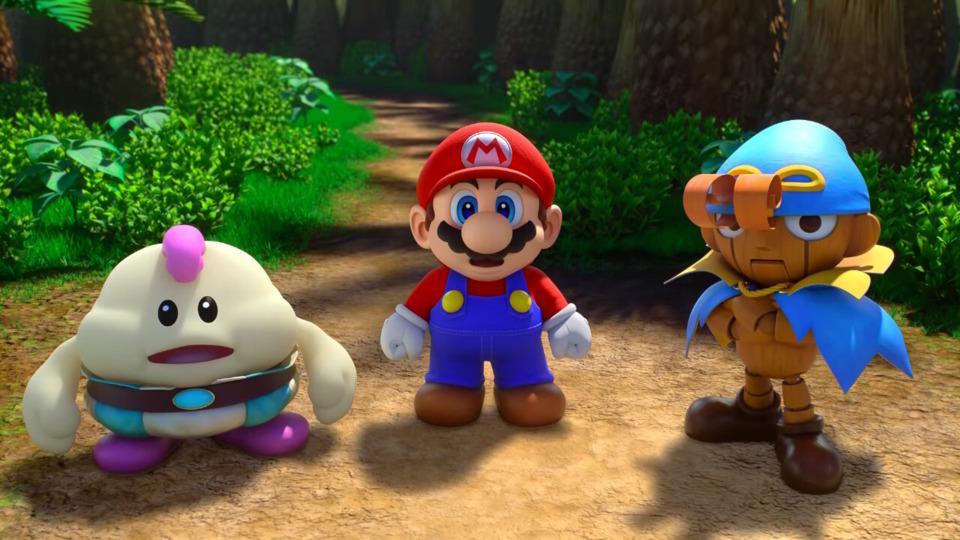
I love looking at this game. They did such a great job of capturing the whimsical, yet almost off-brand vibe the original game had visually (although Mario could stand to look a little more, I dunno, weird), and while I think the new, overly-punishing postgame seems at odds with how much easier the rest of the game is, it doesn't quite spoil the Super Mario RPG's status as RPG comfort food.
#19 - Like a Dragon Gaiden: The Subtitle That's Way Too Long
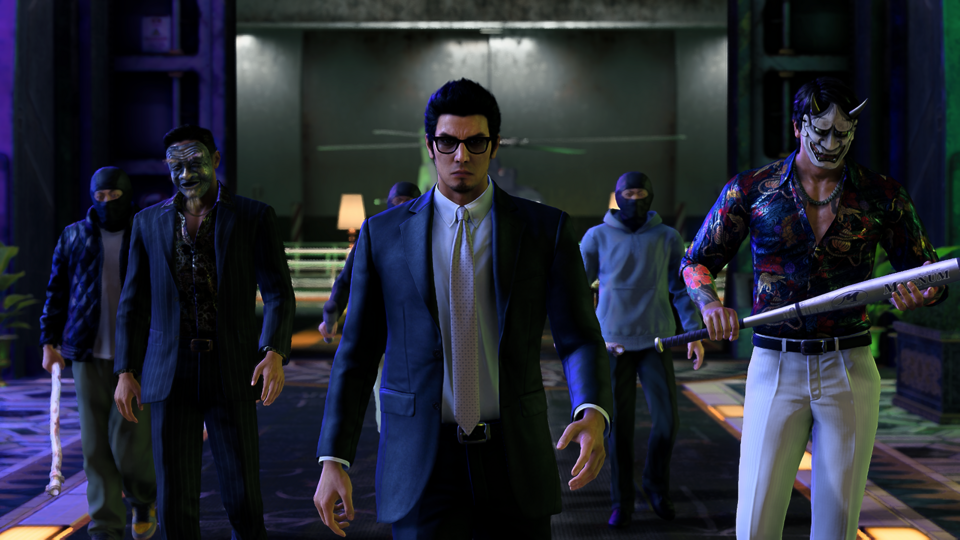
If Yakuza: Like a Dragon was proof that the series can succeed without Kazuma Kiryu, this is proof that the series can succeed without longtime series director Toshiro Nagoshi and the team of Ryu Ga Gotoku Studio developers he took with him to NetEase. Like a Dragon Gaiden is an economical 30 hours (if you're looking to 100%) full of the satisfying combat and engaging side activities people have come to love the series for, and it delivers one hell of an emotional gut punch at the end of its story. If the series truly is preparing to say goodbye to Kiryu, this is definitely an excellent primer for it.
#18 - Serious Sam: Siberian Mayhem
You can tell this was made by Serious Sam fans in the best way. Part standalone expansion and part restoration of cut Serious Sam 4 content, this retains the huge battlefields the later games in the series are known for, but tightens up the pacing around them while sometimes returning to the playful, a-wink-and-a-stab ambushes that helped the classic entries stand out. It's a solid balance of what makes both eras of the series great, and I wouldn't mind if Timelock Studio were to do more with the series down the line.
#17 - Back 4 Blood
I really didn't expect to sink as much time into this game as I did this year. Left 4 Dead 2 is one of my favorites, but when Back 4 Blood launched, the high difficulty and deckbuilding mechanics felt like too many cooks, so I backed off after a few hours. Since then, they've tuned the balance and took a sledgehammer to the whole card system, turning it more into a big ass create-a-class mechanic where instead of pulling a couple of randomly-chosen cards in your deck after a level, all fifteen cards are in play from the start. It's now much easier (and far more fun) to mess around with the various perks the cards offer and see what builds are viable, and that goes a long way towards covering up for the inferior level design and pacing compared to L4D.
#16 - Halo Reach
I share the thought of a lot of fans that the loadout-based multiplayer kind of goes against what makes Halo gameplay so dynamic, but the campaign is great, Forge is great, Firefight is great. I think ODST beats it out for me by a hair since it achieves its space-noir vibes more convincingly than Reach's job of emphasizing its looming finality, but they're really neck-and-neck.
#15 - Halo 3: ODST
Like I said, neck-and-neck.
#14 - Hi-Fi Rush
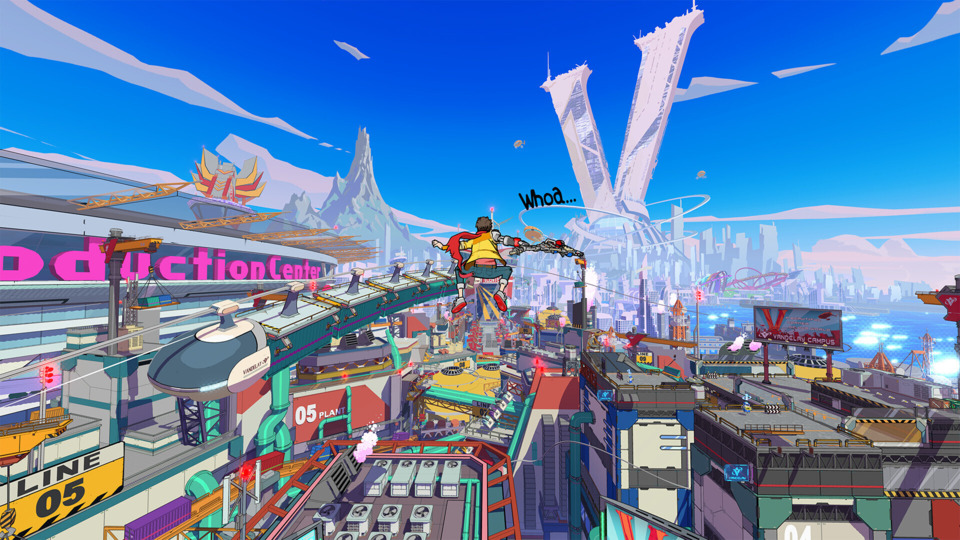
The worst thing I can say about Hi-Fi Rush is that it's a little too in love with its own writing. It's executed fine for a generic "plucky dork overcomes stern corpo with the power of friendship" story, but far too often it takes control away from you to rattle off jokes you don't laugh at or build up relationships you don't really care about. Maybe if the game's exemplary brand of combat—which walks the tightrope of tying music and gameplay together better than just about any non-rhythm game before it—wasn't something you can't really get anywhere else, it wouldn't be a problem.
#13 - Superhot VR
The untouched checkpoint mechanics are a little rough to swallow (and even takes a physical toll) if you're stuck on the last sequence or two of a level, but this plays exactly how you picture (and want) a VR Superhot to, and I can't imagine a better endorsement than that.
#12 - Quake II (2023)
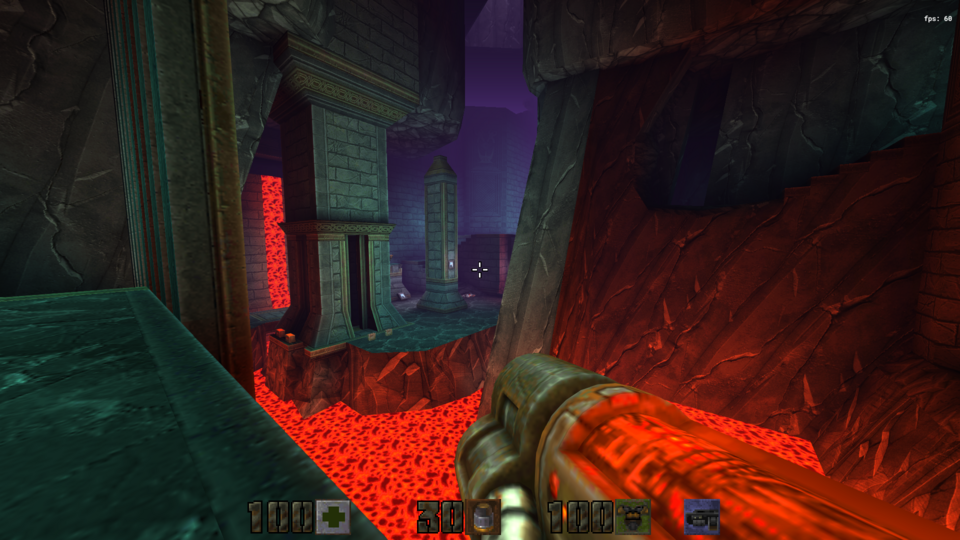
For as exhilarating as its multiplayer can be, Quake II isn't one of id Software's better single-player games. The campaign's maps are drab and sprawling in a way that doesn't really bring out the best in its brutally gratifying weaponry, and its inventory system feels a little too clumsy to use without throwing the pace of combat off.
Quake II's surprise remaster, NightDive's latest achievement in retro FPS rescue, addresses all of these issues. An inventory wheel joins the Doom 2016-style weapon wheel introduced in the first Quake remaster, and there's a new compass item that draws a path to your next objective just like how Dead Space does it. It's so useful that I want it in every FPS remaster going forward. Enemy AI has been adjusted to be a bit more aggressive (Berserkers are actually a threat now thanks to a restored jump attack that was left unfinished in the original game), and the flow of gameplay has generally been brought closer to the peaks of Quake I's adrenaline rush.
The work NightDive put into this remaster makes Quake II's single-player content as good as it could be, but that can only really take you so far. At the end of the day, those maps are still those maps, warts and all. What takes this remaster over the top is the new campaign by MachineGames, which is easily one of the best official Quake campaigns you can play. Levels are visually diverse, the combat is genuinely challenging, and it smartly integrates enemies and equipment from the two expansion packs. If you're going to play any Quake II campaign, forget about the others and pick this one up.
#11 - Um Jammer Lammy NOW!
Um Jammer Lammy is simply a better Parappa the Rapper, iconic as it may be. It casts a wider net musically, has a lot more content, and generally plays better, cutting down on the frustration you almost assuredly dealt with on Parappa levels such as "baking a cake" and "trying to take a shit." It's one of the more delightful rhythm games of its time, and I always wish it got its propers alongside Parappa. NOW! is an obscure arcade release that I originally thought was just a straightforward port with a unique controller and an extra Parappa stage, but it turns out that it has damn near a half-hour of extra FMV content, including fake interviews with Lammy and her bandmates and a heaping helping of Joe Chin being a gutless trash bag on top. If you like UJL as much as I do, you owe it to yourself to check it out.
#10 - Dishonored 2
Dishonored once more, with feeling. It really feels like the culmination of a foundation they built with the first game and its DLCs, featuring memorable, sometimes best-in-class level design, beautiful visuals, and the wealth of options (both lethal and non-lethal) that make for a good immersive sim—and then some. Having two different characters with separate abilities is a brilliant way of adding to the inherent replayability of these kinds of games.
#9 - Resident Evil 4 (2023)
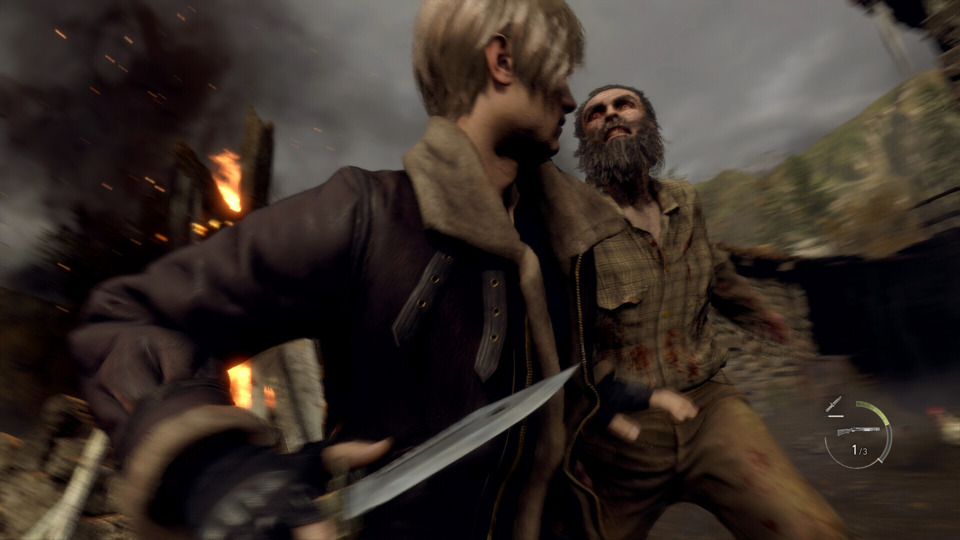
It's hard to overstate what the original Resident Evil 4 did for video games. It was a landmark, redefining the Resident Evil series going forward while inspiring franchises like Dead Space and Gears of War. Hell, it feels like Shinji Mikami spent much of his career afterwards trying to recapture that same high.
So what of its new remake? Well, it's good. Very good, even. But I dunno, man, that's kinda it. It looks how you would expect, it plays how you would expect, it has a couple of new enemies, removed its more goofy elements and changed a couple of story beats like you would expect, and that's it. It's the Resident Evil 4 remake you figured they would make, right down to the sterile UI they've had in every one of these games since 7. Don't get me wrong, that still means it's a fantastic action game and one of the best of the year, but it's underachieving excellence to the point that I couldn't help but feel like Mr. Burns looking at Martin's power plant while the credits rolled.
The Mercenaries is fucking killer, at least.
#8 - Black Mesa
The elephant in the room with Half-Life has always been its endgame, so it's great to see Black Mesa finally iron Xen out into a visually awe-inspiring third act full of atmosphere and improved setpieces. It has its own issues (the oft-maligned Interloper chapter still isn't paced all that well), but it sticks the landing a hell of a lot better than the source material.
#7 - Rez Infinite
Rez has always been an immersive game all but intended for VR, so of course this is where the game would naturally end up. The real revelation in its VR port isn't the extra layer of synesthesia achieved by your headset, though, and it's not even the breathtaking new Area X. The breakthrough that Rez Infinite presents that lets it be the ideal version of itself is the controls. In its original forms, the analog aiming was never quite as fast as your reactions, which was frustrating (and at worst took you out of the experience), but with motion controls, everything just feels natural, and it brings you that much closer to the game. Maybe it makes the game a little on the easy side, but I never got the impression that Rez was ever meant to be Space Harrier.
#6 - Resident Evil 4 (VR)
What a cool fucking way to play this game. For as active and fast-paced as the remake can feel compared to the original RE4, it's got nothing on how VR puts your head on a swivel during setpieces like the dreaded water room or the Del Lago fight (which has you firing and manually reloading a spear gun instead of tossing spears repeatedly), and even when little touches like having to reload and eject rifle rounds by hand feel frivolous at first, they end up really heightening the tension once you're in the busier parts of the game. Rez is a no-brainer in terms of VR adaptations, but RE4 really surprised the hell out of me.
#5 - Super Mario Bros. Wonder
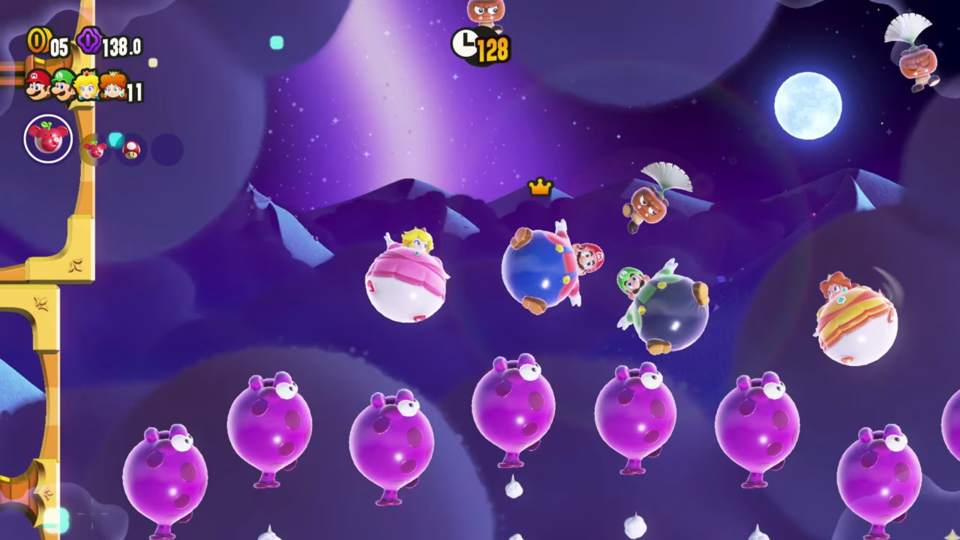
Speaking of surprises, that's the theme of Super Mario Bros. Wonder, the first truly great 2D Mario since World. It doesn't have the sprawling structure that makes Nintendo's SNES masterpiece my favorite game, but what it does have is the Wonder Flower. Each one mutates the level you're playing in a different way, and even when I was deep into the game and thought I had its tricks figured out, the Wonder Flower would throw a curveball I wasn't expecting at all. Wonder's full of the creativity that the 3D entries have been known for (and that the 2D entries feel like they have been actively running from), and it isn't afraid to modernize the series in ways that feel decades overdue.
#4 - Halo 3
I don't think I've ever been happier to be wrong about something than with Halo. I blew this series off for years, but man, playing this game with friends, a higher framerate, and mouse controls is some of the most fun you can have with an FPS, and holy shit, that campaign. All killer, no filler, baby. Even the requisite Flood chapters are less of a slog this time around. I don't really care about the story of Halo, but Halo 3 is so god damn good that when Keith David kills the Prophet of Truth in the middle of the best level in the whole series and then lets out a little roar for himself, I felt like I had to resist the urge to pop off too.
Good for you, Arbiter.
#3 - Quake (2021)
Quake II's remaster and its new campaign almost make me resentful of how the first game's remaster didn't get as much love with its content, but then I remember that Quake really doesn't need a whole lot of work to begin with. The flow of its gameplay and its atmosphere are so ubiquitous and unmatched that it feels like we have an entire generation of indie games trying to capture it. When you have that, it's hard to complain that the MachineGames campaign isn't as good as Quake II's.
#2 - Street Fighter 6
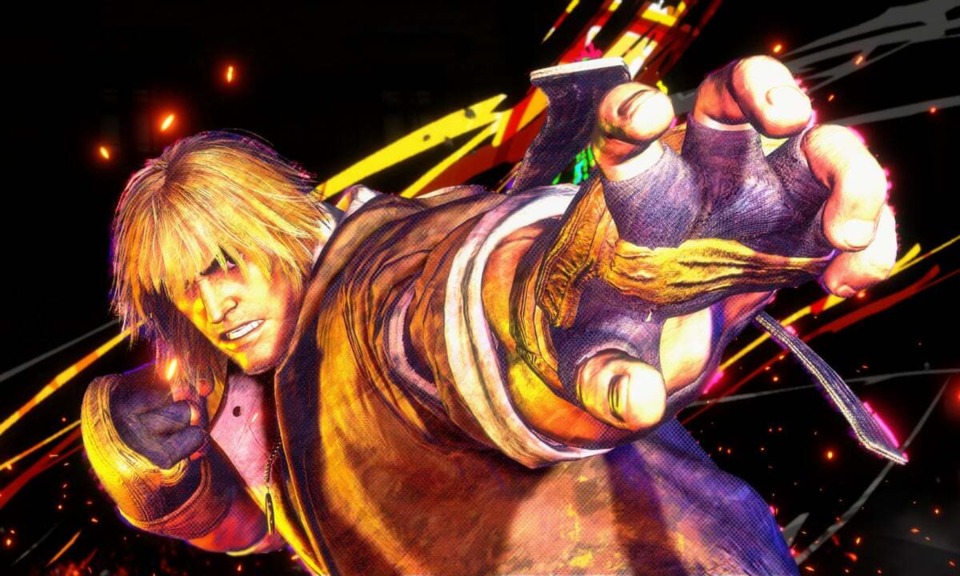
I managed get into Street Fighter V at a pretty good time in its life, but I don't think most would disagree with the notion that it fell on its face when it came out. Street Fighter 6 seems to have been designed with a deathly fear of repeating its mistakes, and the result is likely my favorite fighting game ever. The single-player includes a meaty Yakuza-lite with loads of Final Fight fan-service, the intuitive Drive Gauge meter system and its incredibly satisfying abilities are deeply integrated into the core combat (unlike SFV's V-Gauge, which could be outright ignored at times depending on who you played) and the Battle Hub makes playing the game casually against randos a cinch.
It feels like Capcom is on top of the world right now with where their heavy-hitter franchises are. Here's hoping some of that rubs off on their other ones.
#1 - Resident Evil (2002)
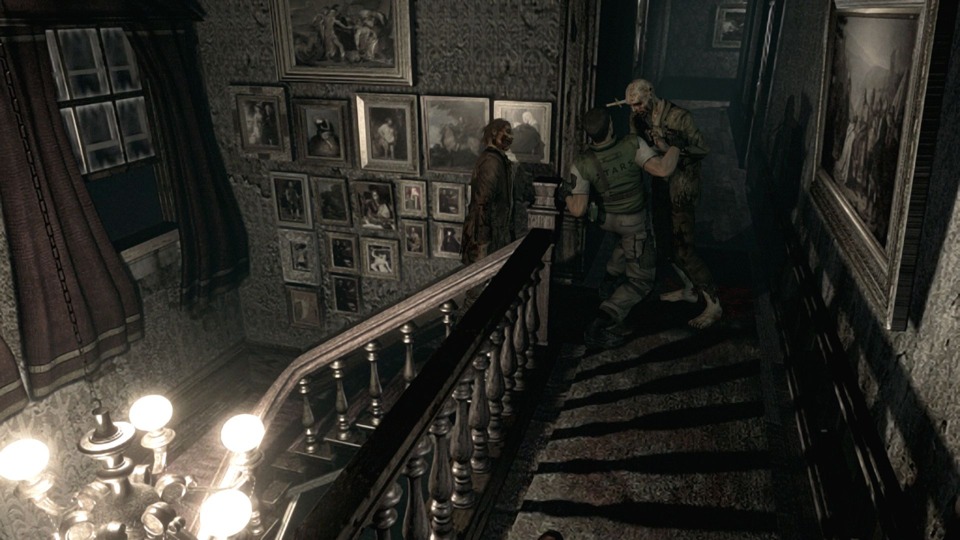
If it felt like I was too harsh on RE4 and Dead Space's remakes, here's why. REmake is unbelievably astonishing; the benchmark by which every survival horror remake should be judged. It's one of those games where, along with Metal Gear Solid 2, I get whipped up just thinking about it. I mean, shit, I ended up playing through it two more times right after my first playthrough. The way it turns players' knowledge of the original game against them is something every survival horror developer should be studying, and I have to remind myself that the game is over 20 years old despite how it looks. I could gush about this thing forever, but this is already long enough as it is.
Good year, as far as games go! It's a shame about all that other shit.


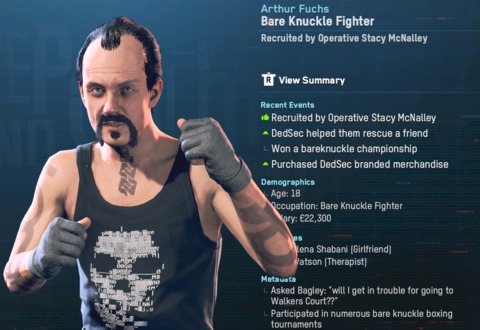

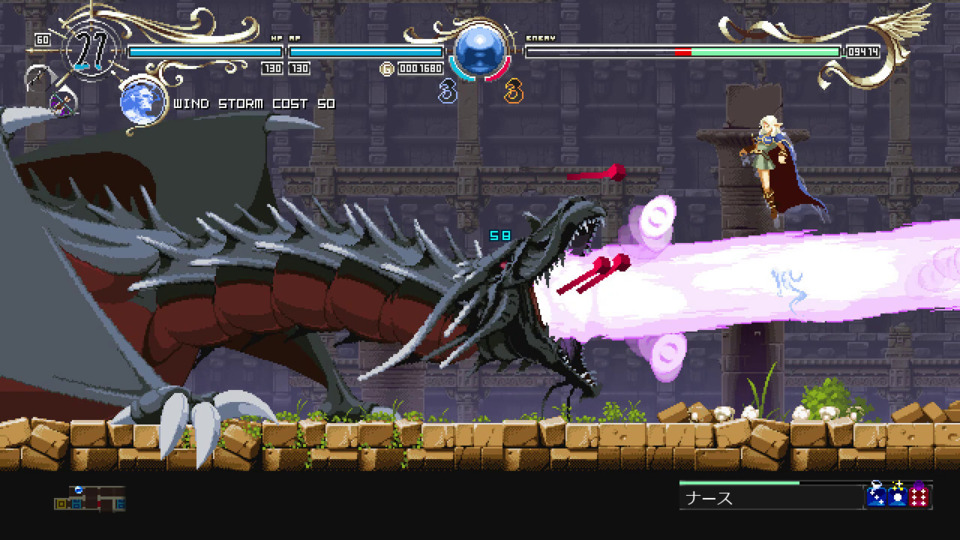
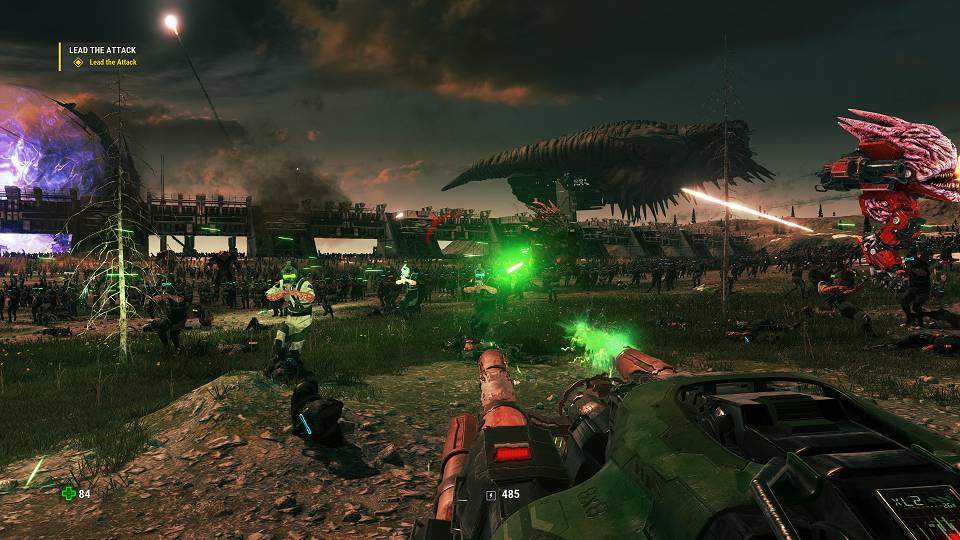
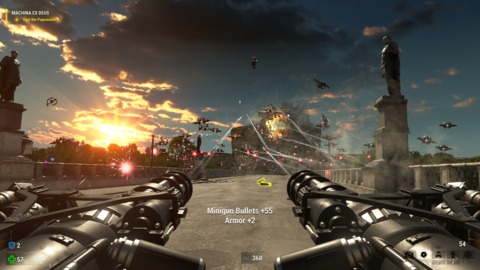
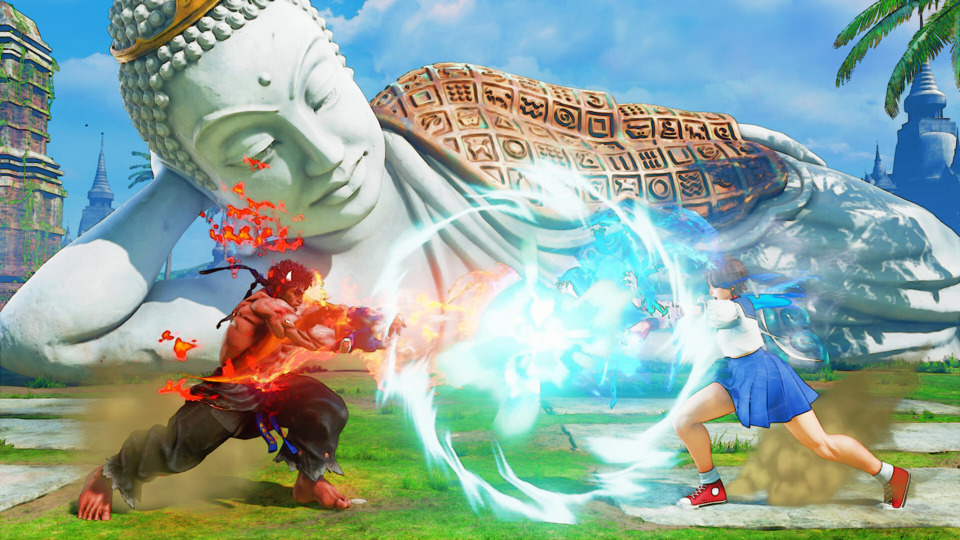



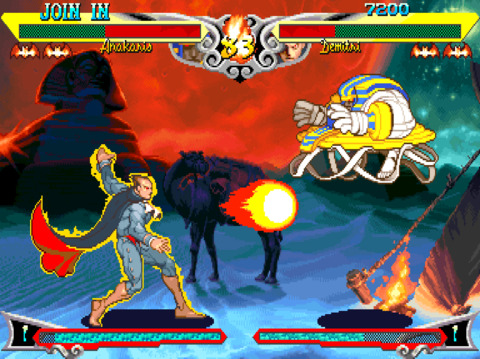
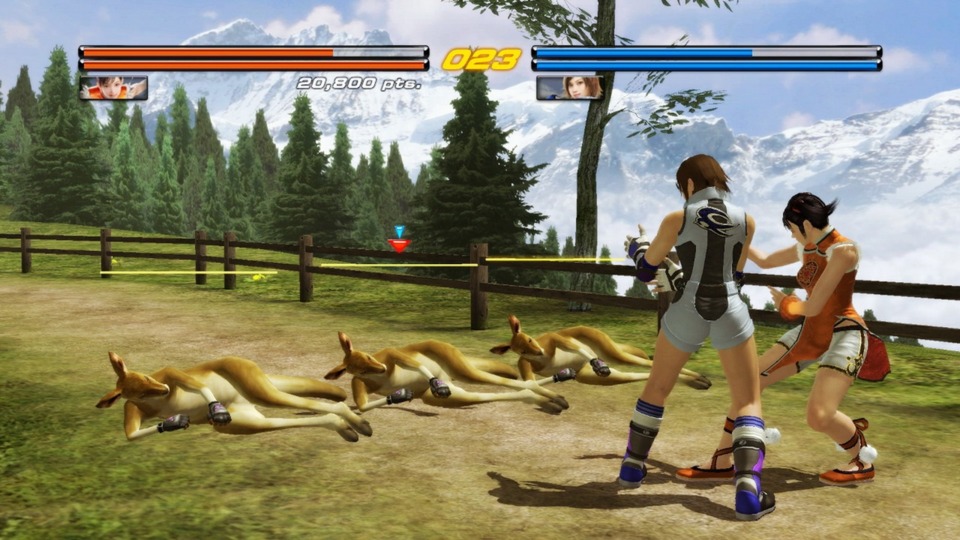

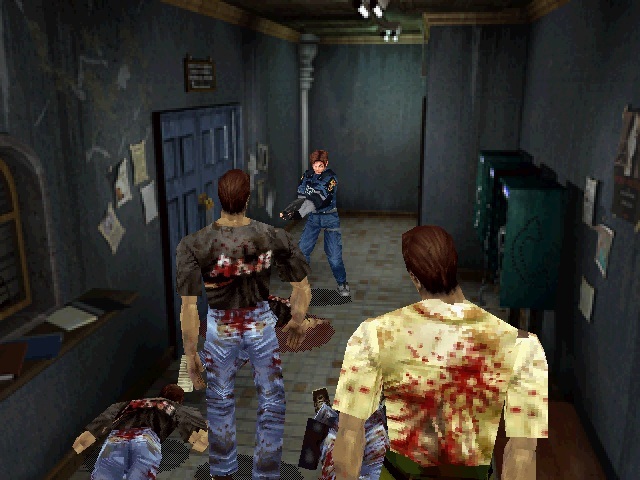
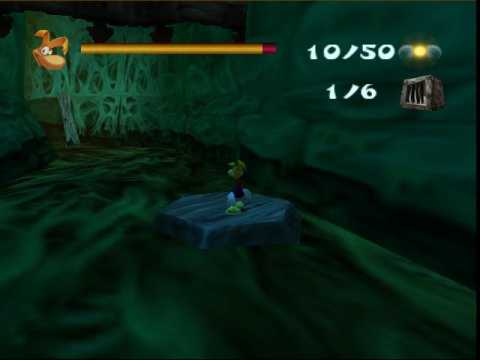
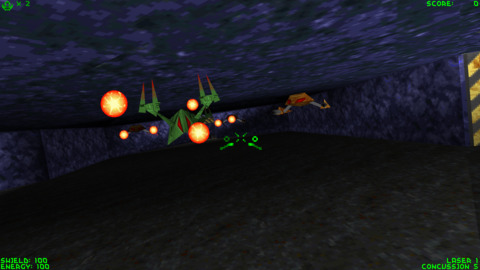



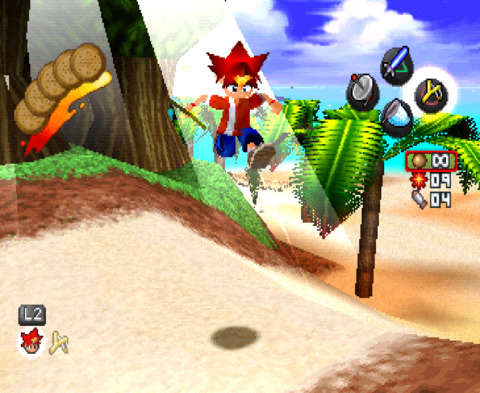
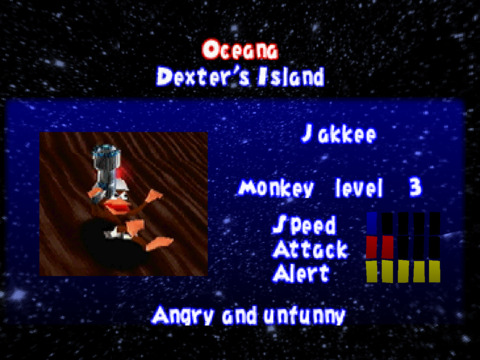

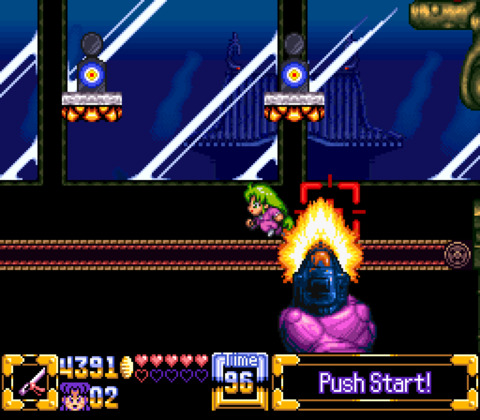
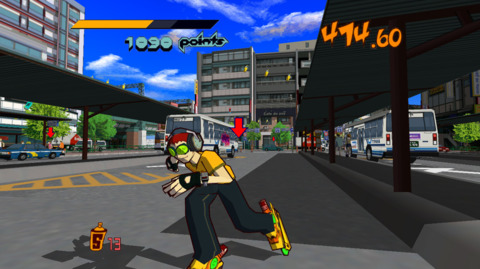
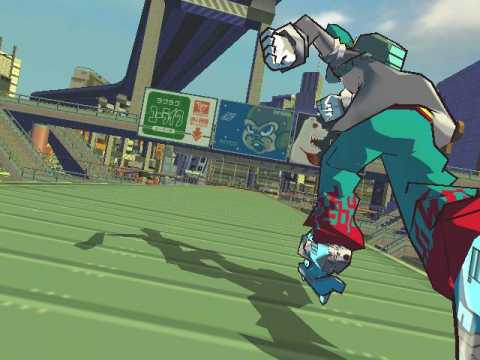
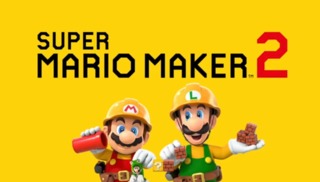
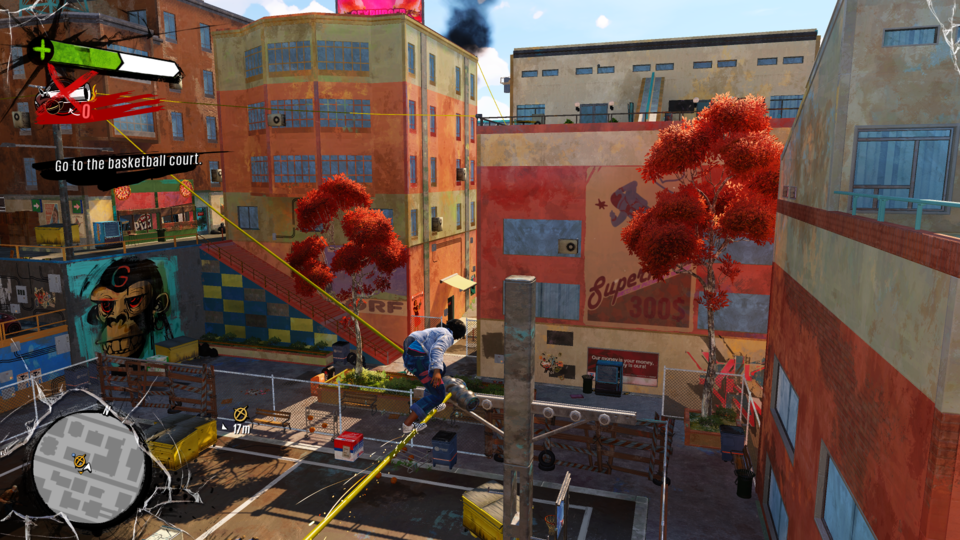
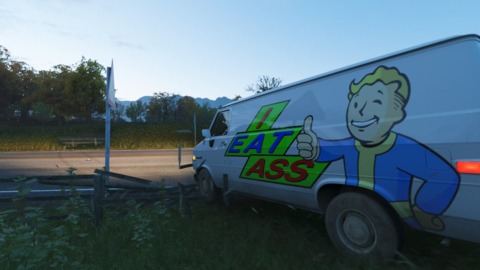
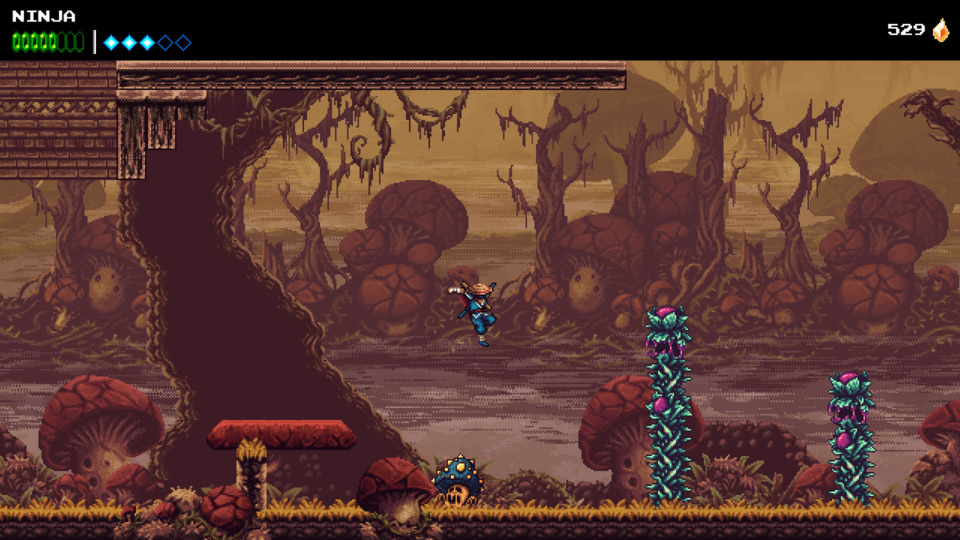
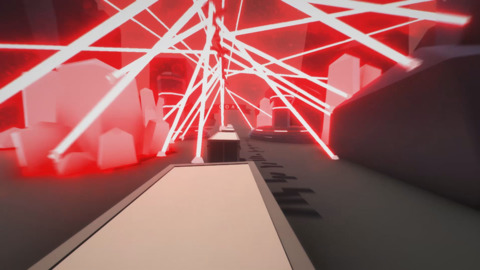
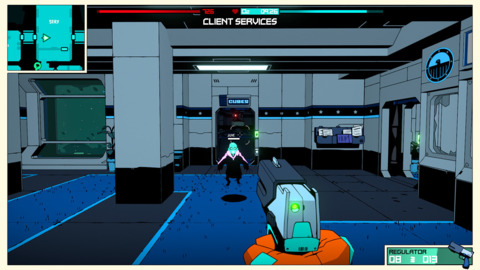
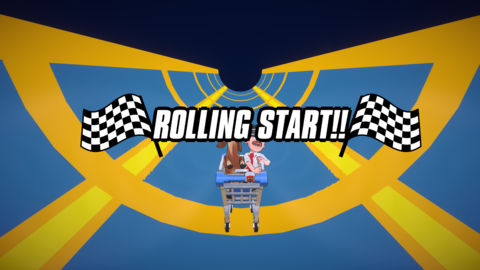
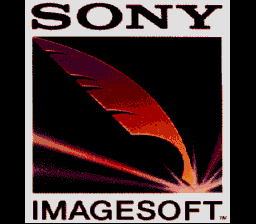
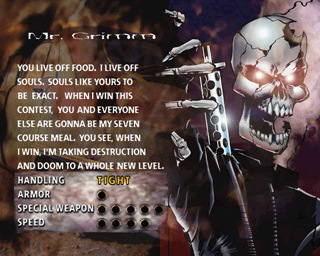
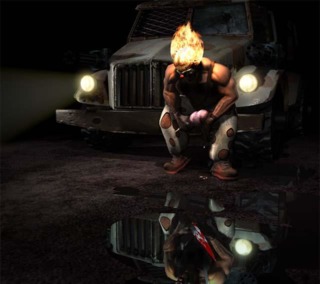
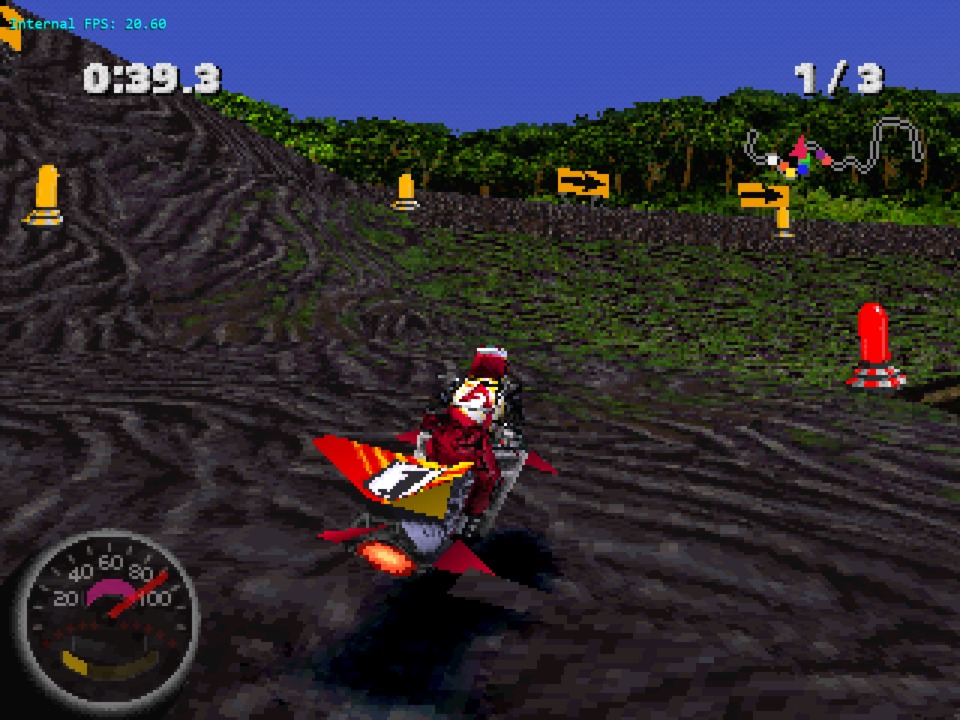

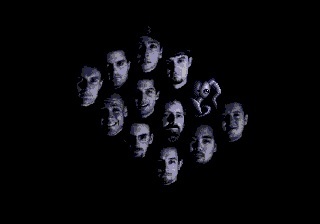
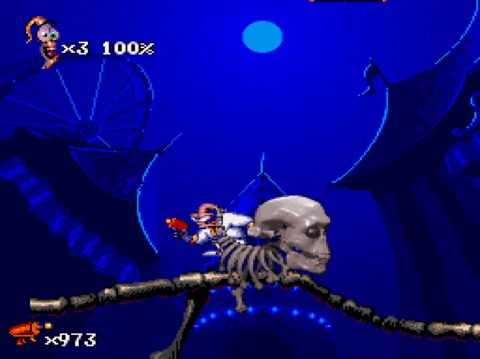
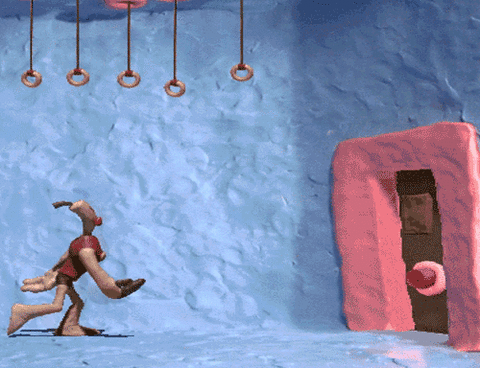
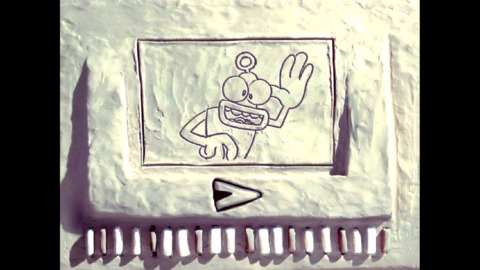
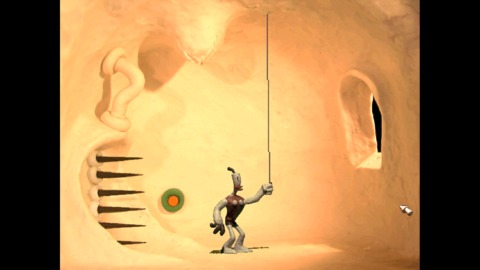
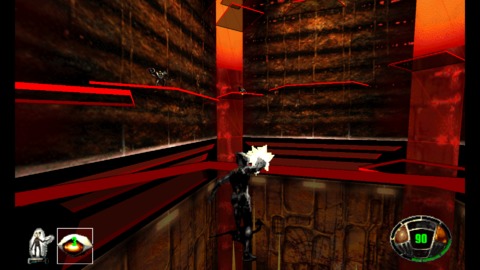
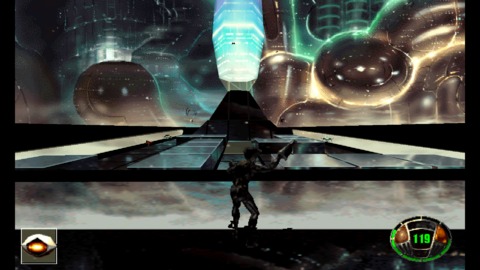
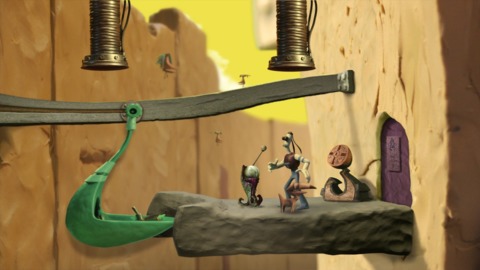
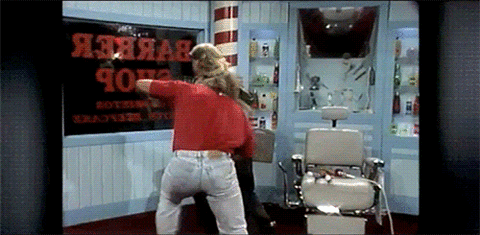
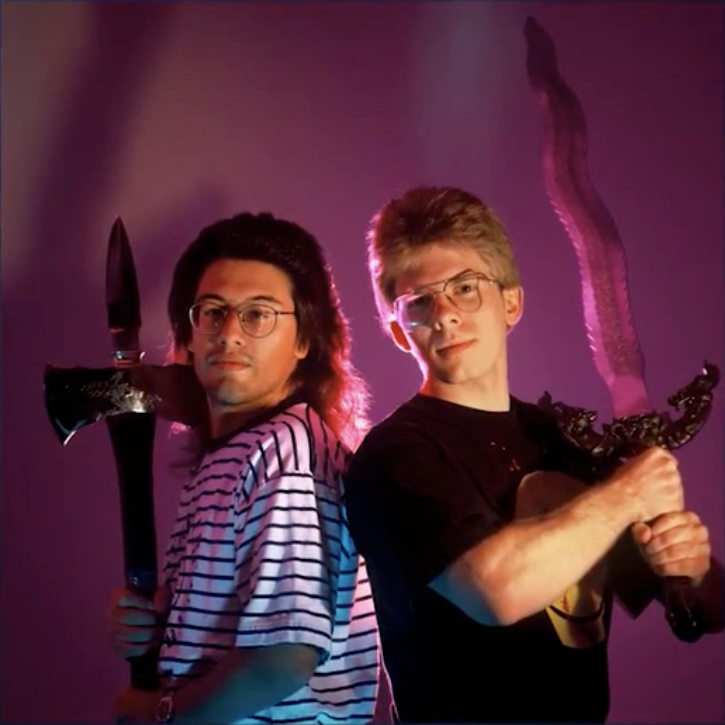
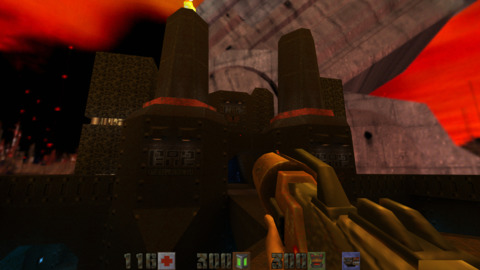
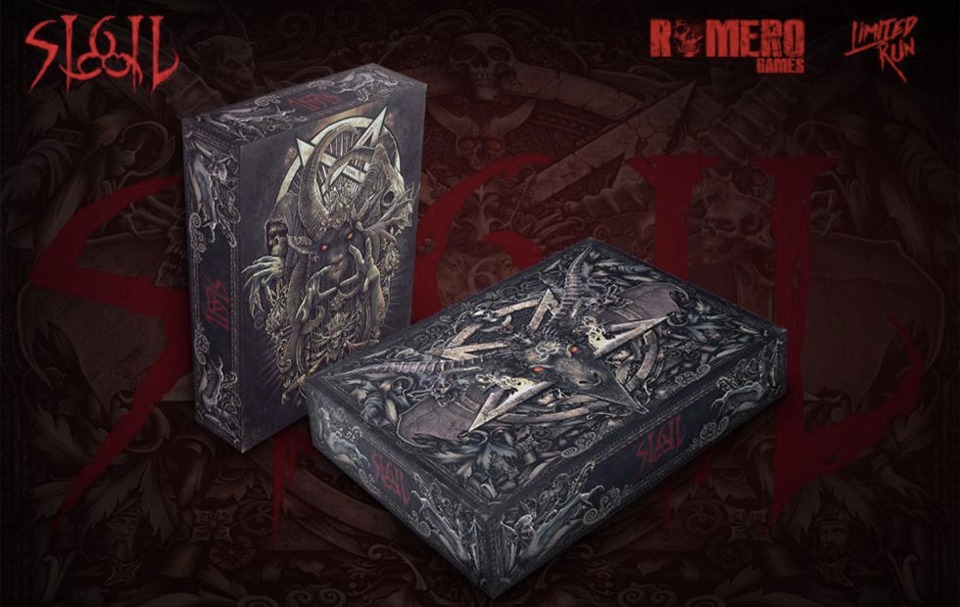
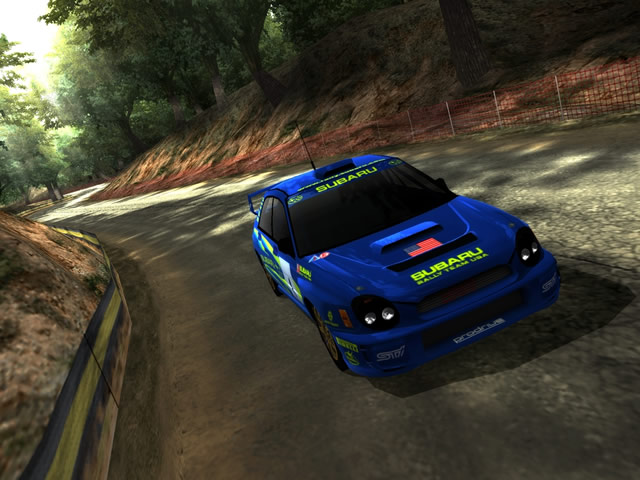
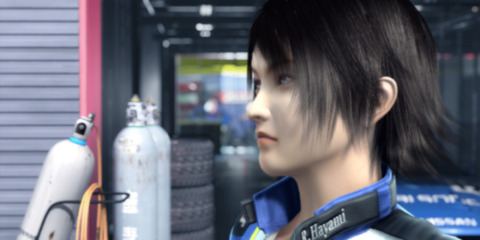
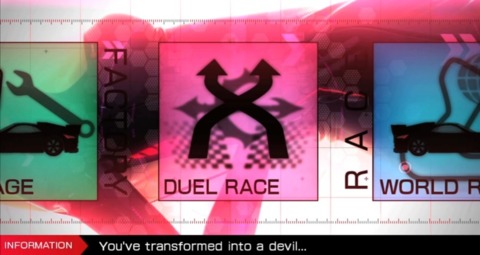
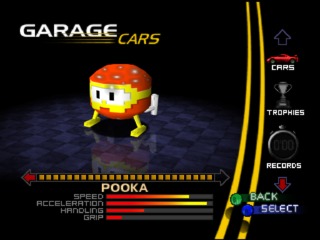
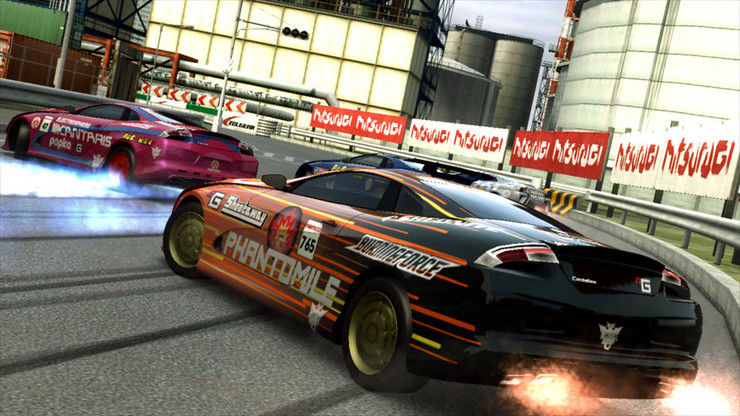
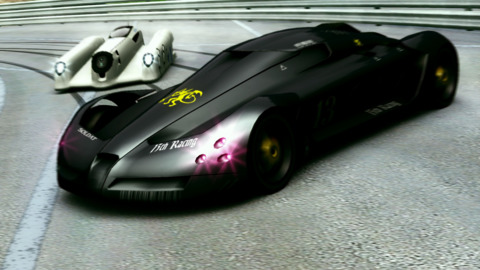
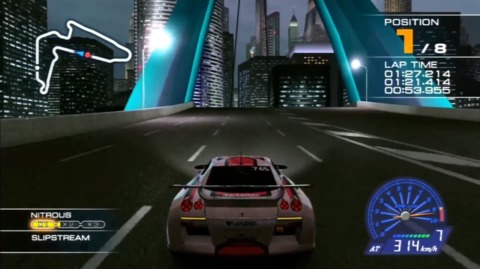
Log in to comment